Regions of Equatorial Guinea, a small country located on the west coast of Central Africa, is known for its rich cultural diversity, natural beauty, and unique blend of Spanish and African influences. Comprising a mainland region known as Río Muni and several islands, the country is divided into eight provinces. In this comprehensive overview, we will delve into the provinces, their capitals, and the distinctive features that define Equatorial Guinea’s character, from its lush rainforests to its vibrant cultural traditions.
1. Bioko Norte
Capital Malabo
Highlights
– Malabo The capital city and economic hub, known for its colonial architecture and cultural events.
– Pico Basile The highest peak on Bioko Island, offering hiking opportunities and panoramic views.
– Cathedral of Santa Isabel A historic cathedral with Gothic architecture and cultural significance.
Overview
Bioko Norte is one of the two provinces on Bioko Island, the largest island in Equatorial Guinea. The capital of the province and the entire country is Malabo. As the political, economic, and cultural center of Equatorial Guinea, Malabo is a city with a mix of Spanish colonial architecture and modern amenities.
Pico Basile, the highest peak on Bioko Island, provides hiking opportunities and panoramic views of the surrounding landscape. The Cathedral of Santa Isabel, located in Malabo, is a historic cathedral with Gothic architecture, representing the country’s religious and cultural heritage.
2. Bioko Sur
Capital Luba
Highlights
– Luba The provincial capital known for its beaches, fishing villages, and relaxed atmosphere.
– Arena Blanca A picturesque beach with white sand and clear waters.
– San Antonio de Ureca A fishing village with traditional wooden canoes and a laid-back charm.
Overview
Bioko Sur is the second province on Bioko Island, complementing the northern part of the island. The provincial capital is Luba, a town known for its coastal beauty, fishing villages, and a more relaxed atmosphere compared to the bustling capital, Malabo.
Arena Blanca, a picturesque beach in Bioko Sur, features white sand and clear waters, providing a tranquil setting for visitors. San Antonio de Ureca, a fishing village, showcases traditional wooden canoes and maintains a laid-back charm, offering a glimpse into the local way of life.
3. Centro Sur
Capital Evinayong
Highlights
– Evinayong The provincial capital with a mix of cultural influences and natural attractions.
– Moka A town known for its vibrant market and cultural activities.
– Campo Ma’an National Park A cross-border park with diverse ecosystems and wildlife.
Overview
Centro Sur is located in the central part of Río Muni, the mainland region of Equatorial Guinea. Evinayong serves as the provincial capital, offering a mix of cultural influences and access to various natural attractions.
Moka, a town in Centro Sur, is known for its vibrant market, where locals gather to buy and sell goods. The town also hosts cultural activities, providing visitors with an opportunity to experience the local way of life.
Campo Ma’an National Park, situated near the border with Gabon, is a cross-border park known for its diverse ecosystems, including rainforests and savannas. The park is home to a variety of wildlife, making it a destination for nature enthusiasts.
4. Centro Norte
Capital Ebebiyin
Highlights
– Ebebiyin The provincial capital known for its central location and cultural events.
– Akonibe A town with a lively market and cultural traditions.
– Mikomeseng A town with historical sites and a vibrant community.
Overview
Centro Norte is another province in Río Muni, with Ebebiyin as its capital. Ebebiyin is strategically located in the central part of the mainland, making it a significant hub for transportation and cultural events.
Akonibe, a town in Centro Norte, is known for its lively market where locals gather to trade goods. The town is also a center for cultural traditions, providing visitors with insights into the region’s heritage.
Mikomeseng, another town in Centro Norte, is known for its historical sites and vibrant community. The town offers a glimpse into Equatorial Guinea’s past and present.
5. Kié-Ntem
Capital Ebebiyin
Highlights
– Ebebiyin The provincial and dual capital with a central location and cultural events.
– Niefang A town with cultural activities and access to nearby natural attractions.
– Río Campo A town with historical significance and a border crossing to Gabon.
Overview
Kié-Ntem is a province in Río Muni, sharing the capital city, Ebebiyin, with Centro Norte. Ebebiyin’s central location makes it a vital transportation hub, and the city hosts various cultural events.
Niefang, a town in Kié-Ntem, is known for its cultural activities and provides access to nearby natural attractions. The town offers a blend of traditional and modern influences, allowing visitors to experience the local way of life.
Río Campo, another town in Kié-Ntem, has historical significance and serves as a border crossing to Gabon. The town is situated near the Campo Ma’an National Park, offering opportunities for nature exploration.
6. Litoral
Capital Bata
Highlights
– Bata The provincial capital and largest city, known for its economic importance and cultural events.
– Mbini A town with historical sites and a bridge connecting the mainland to an island.
– Bata Airport The country’s main international airport, facilitating travel to and from Equatorial Guinea.
Overview
Litoral is a province on the mainland, and its capital is Bata, the largest city in Equatorial Guinea. Bata is not only an economic hub but also a center for cultural events and activities.
Mbini, a town in Litoral, is known for its historical sites, and it features a bridge connecting the mainland to an island. The town provides a mix of cultural experiences and access to natural attractions.
Bata Airport, located in the provincial capital, is the main international airport in Equatorial Guinea. It plays a crucial role in facilitating travel to and from the country, connecting it to various international destinations.
7. Wele-Nzás
Capital Mongomo
Highlights
– Mongomo The provincial capital with a blend of cultural influences and access to natural attractions.
– Nkue A town with historical significance and traditional architecture.
– Ureka A town known for its vibrant market and cultural traditions.
Overview
Wele-Nzás is a province in Río Muni, and its capital is Mongomo. Mongomo is known for its blend of cultural influences and provides access to various natural attractions in the surrounding region.
Nkue, a town in Wele-Nzás, has historical significance and features traditional architecture, offering visitors a glimpse into the area’s heritage. The town provides a serene environment for those interested in exploring Equatorial Guinea’s past.
Ureka, another town in Wele-Nzás, is known for its vibrant market and cultural traditions. The town is a lively center where locals gather to engage in commerce and celebrate their cultural heritage.
8. Wele-Nzás
Capital Nsok-Nsomo
Highlights
– Nsok-Nsomo The provincial capital with a central location and cultural activities.
– Mongomo A town known for its blend of cultural influences and access to natural attractions.
– Nsang A town with historical sites and a bridge connecting the mainland to an island.
Overview
Wele-Nzás is the smallest province in Equatorial Guinea, located in the northern part of Río Muni. The capital is Nsok-Nsomo, a town with a central location and cultural activities.
Mongomo, also found in Wele-Nzás, is known for its blend of cultural influences and provides access to various natural attractions in the surrounding region. The town offers a mix of traditional and modern experiences for visitors.
Nsang, another town in Wele-Nzás, has historical sites and features a bridge connecting the mainland to an island. The town provides opportunities for exploring Equatorial Guinea’s past and enjoying the natural beauty of the region.
Conclusion:
Equatorial Guinea’s provinces showcase the country’s diversity, from the colonial architecture of Malabo to the bustling markets of Ebebiyin. The blend of Spanish and African influences is evident in the cultural traditions, historical sites, and natural attractions scattered across the mainland and islands.
Whether exploring the highest peak on Bioko Island, hiking in Campo Ma’an National Park, or immersing in the vibrant markets of Niefang, each province offers a unique experience. Equatorial Guinea, with its rich cultural tapestry and ecological wonders, invites travelers to discover the hidden gems of Central Africa and appreciate the harmonious coexistence of tradition and modernity in this unique corner of the world.


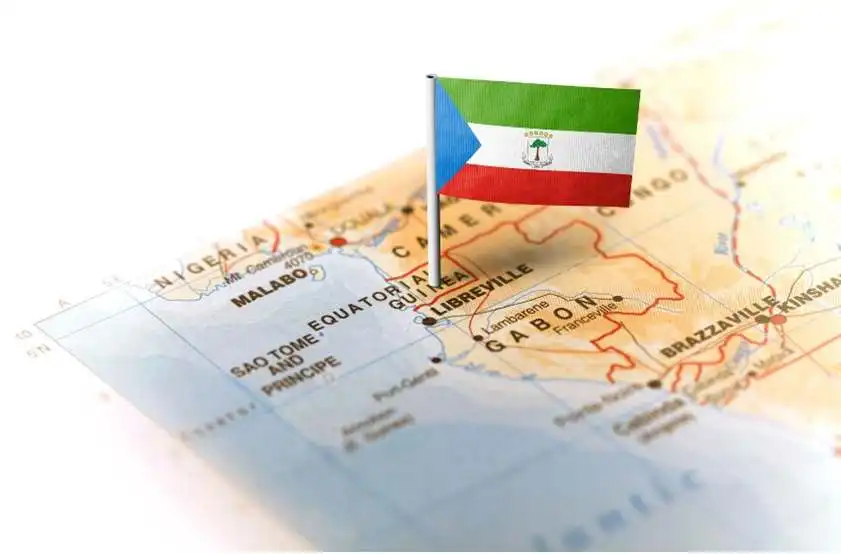
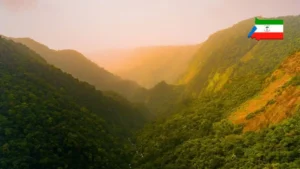
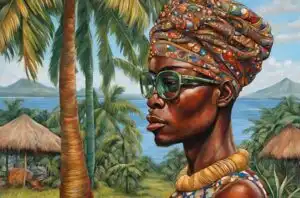
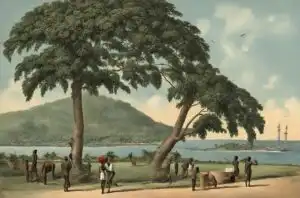

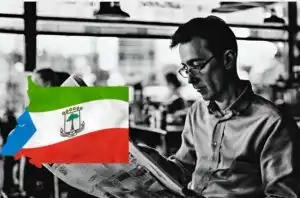
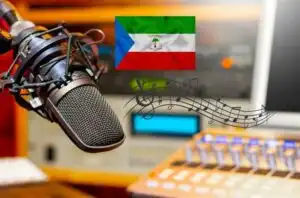
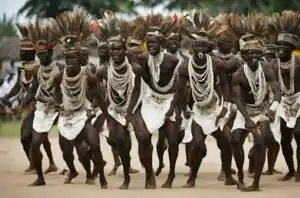
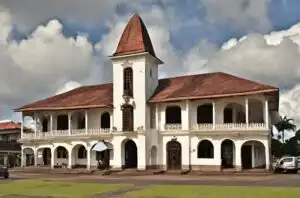
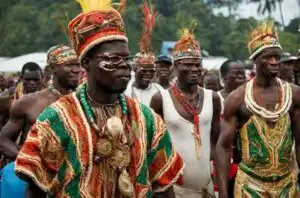

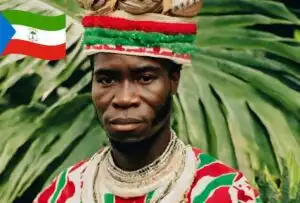

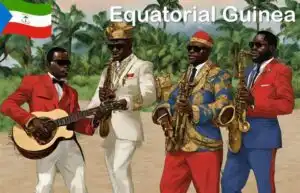
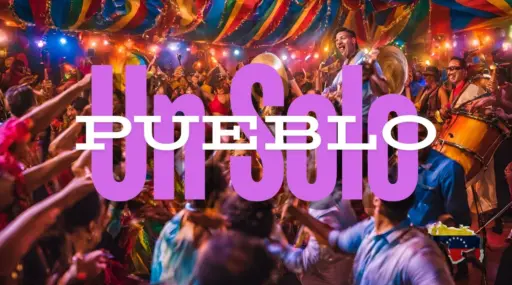
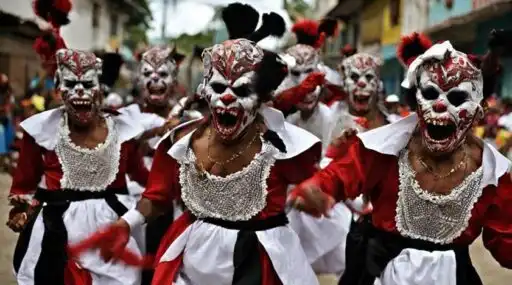


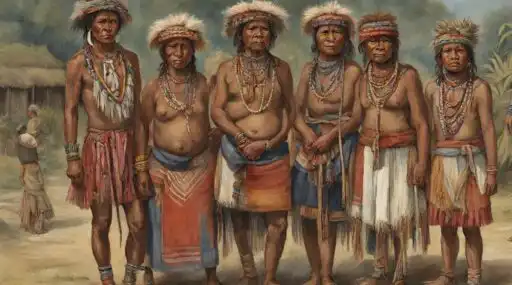
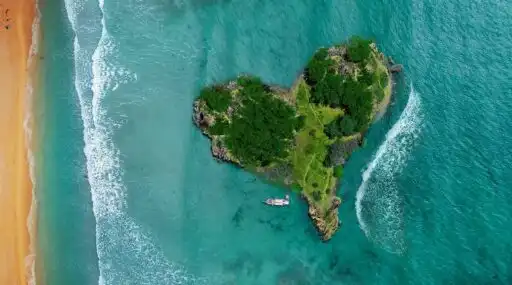
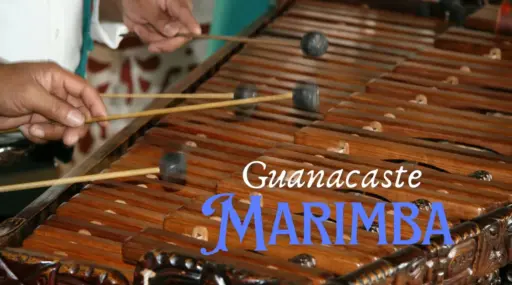




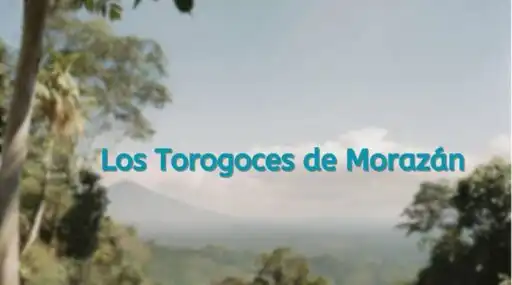


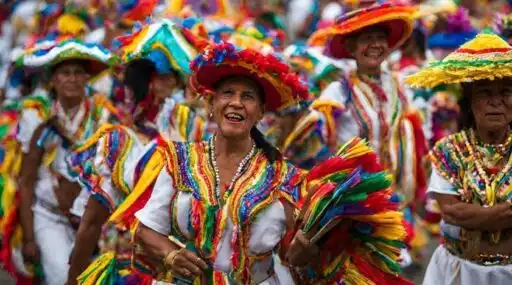
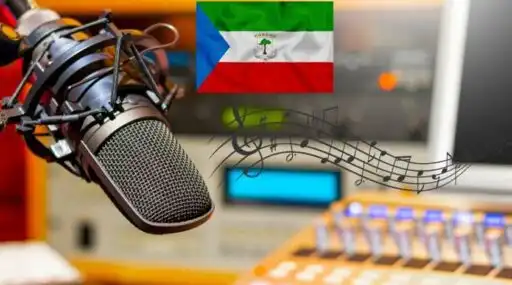

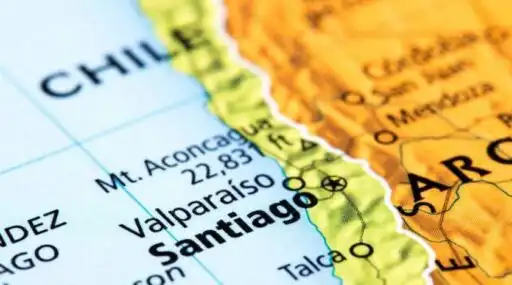


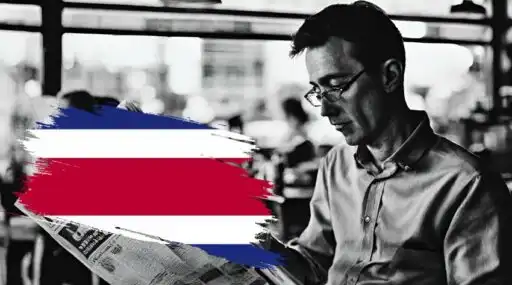



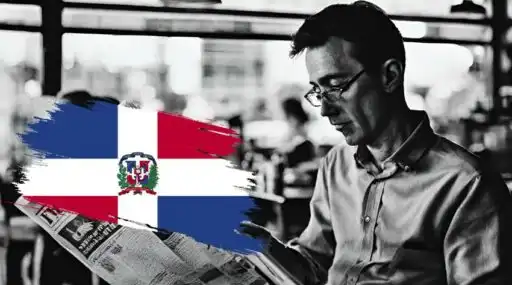
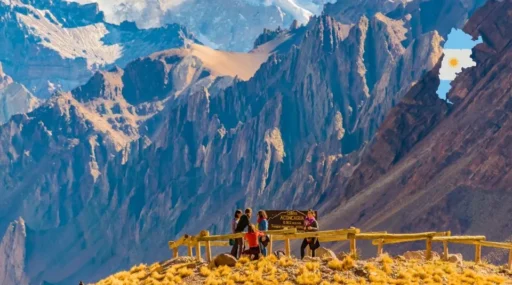
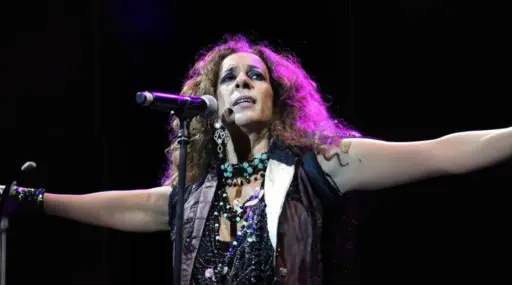
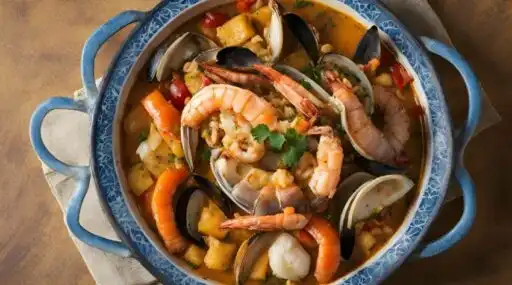


Leave a Reply